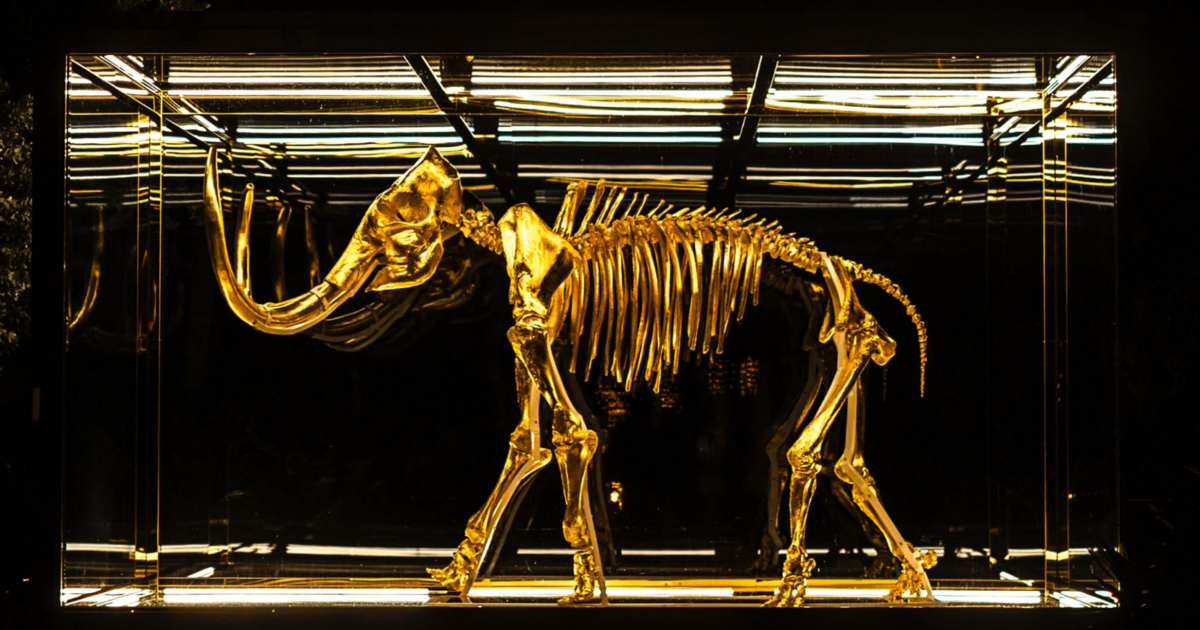Recherches récentes
Options de recherche
#embryology
Researchers get primate embryos to start organ development in culture dishes - Enlarge / Computer-generated image of an early stage in embryonic devel... - https://arstechnica.com/?p=1943508 #developmentalbiology #organdevelopment #embryology #primates #science #biology
This article on the dynamics of #development including #metamorphosis is fascinating. We know a lot more than when I studied #embryology as a sophomore. "many cells—perhaps almost half, including
other nerve cells and gut cells—
seemed to hang around but switched
their repertoire of active genes, taking on
different roles in the adult. “What a cell
is capable of, is more flexible than
we previously appreciated,” “It seems that there are different
cell types at different developmental
stages,”
#Deadline EXTENDED! The application deadline for MBL's Iconic #Embryology Course has been extended to Feb. 8. Apply! And if you have any question/s let me know! #DevBio #Microscopy #CellBio #FirstGen #BlackInBio https://www.mbl.edu/education/advanced-research-training-courses/course-offerings/embryology-concepts-and-techniques-modern-developmental-biology
Applications for the Embryology Course at the MBL Woods Hole are open! If you or someone you know wants to learn Developmental Biology from very cool people and get your hands on over 100 species (from sponges, jellyfishes, small worms, big worms, through fishes, frogs, chicken, or mice), apply! Scholarships are always available, lodging and food included. If you have any Q about it, reach out to me #DevBio #DevBiol #Embryology #Microscopy #CellBio #BlackInBio #FirstGen
@SpagnoliLab Great poster, perfect for teaching #embryology
#introduction I’m Anne, Professor in #neuroscience at Fribourg University. In our #Drosophila lab, we work on neuronal circuits for reproductive behavior and acoustic communication, sex differences of the nervous system and the signaling function of seminal fluid. I like #arthopods #sexualselection #matechoice #spermcompetition #microscopy and #connectomics
Used to work with #zebrafish #development #axonguidance
Also teaching and keen on #embryology and #histology for medical students...
btw, as something of an #introduction, if any new users (or returnees like mahself) want to follow me I may post in the future about things like:
#EVsforall
#electricvehicles
#ebikes
#mistubishi
#minicabMiEV
#auspol
#climatechange
#4dayworkweek
#identitymanagement
#melbourne
#Australia
#thailand
#srilanka
#burningman
#art
#parenting
#parentinghacks
#embryoadoption
#embryology
#neurobiology
#physiology
#ElectricMotorcycles
#electricbikes
#goth
#homerenovation
#bushwalking
#batterytechnology
#offgrid
#sustainability
#worklifebalance
#degrowth
#doughnuteconomics
#twittermigration
#health
#mitochondria
#databody
#Novavax
#DavidSchnarch
#psychology
... and I might add more, now we can edit


